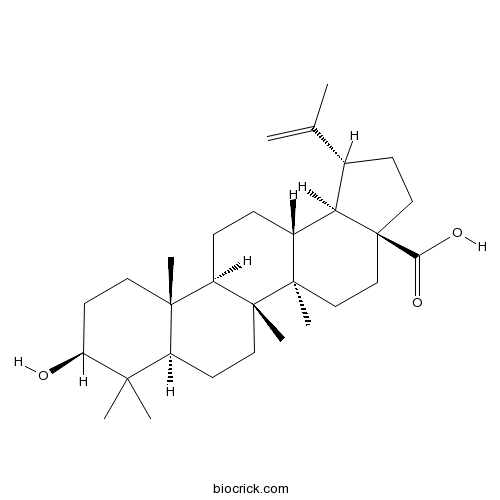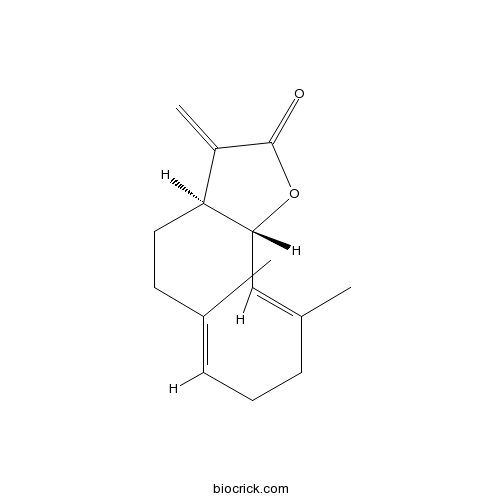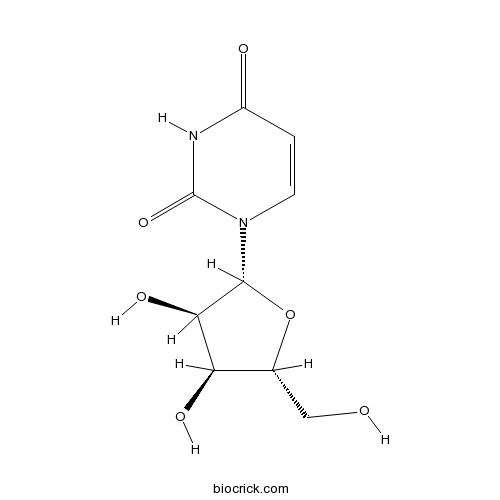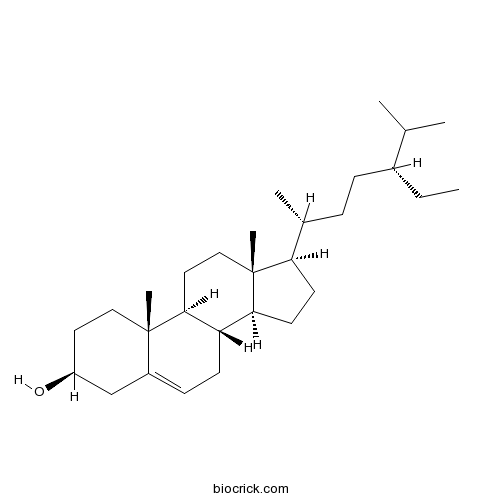Dolomiaea souliei
Dolomiaea souliei
1. The products in our compound library are selected from thousands of unique natural products; 2. It has the characteristics of diverse structure, diverse sources and wide coverage of activities; 3. Provide information on the activity of products from major journals, patents and research reports around the world, providing theoretical direction and research basis for further research and screening; 4. Free combination according to the type, source, target and disease of natural product; 5. The compound powder is placed in a covered tube and then discharged into a 10 x 10 cryostat; 6. Transport in ice pack or dry ice pack. Please store it at -20 °C as soon as possible after receiving the product, and use it as soon as possible after opening.

Natural products/compounds from Dolomiaea souliei
- Cat.No. Product Name CAS Number COA
-
BCN5524
Betulinic acid472-15-1
Instructions

-
BCN5528
Betulin473-98-3
Instructions

-
BCN5536
Dehydrocostus lactone477-43-0
Instructions

-
BCN5740
Costunolide553-21-9
Instructions

-
BCN4090
Uridine58-96-8
Instructions

-
BCN1015
Beta-Sitosterol83-46-5
Instructions

[Molecular identification of aucklandiae radix, vladimiriae radix, inulae radix, aristolochiae radix and kadsurae radix using ITS2 barcode].[Pubmed: 25244738]
In order to identify Aucklandiae Radix, Vladimiriae Radix, Inulae Radix, Aristolochiae Radix and Kadsurae Radix using ITS2 barcodes, genomic DNA from sixty samples was extracted and the ITS2 (internal transcribed spacer) regions were amplified and sequenced. The genetic distances were computed using MEGA 5.0 in accordance with the kimura 2-parameter (K2P) model and the neighbor-joining (NJ) phylogenetic tree was constructed. The results indicated that for Aucklandiae Radix (Aucklandia lappa), Vladimiriae Radix (Vladimiria souliei and V. souliei var. cinerea), Inulae Radix (Inula helenium), Aristolochiae Radix (Aristolochia debilis) and Kadsurae Radix (Kadsura longipedunculata), the intra-specific variation was smaller than inter-specific one. There are 162 variable sites among 272 bp after alignment of all ITS2 sequence haplotypes. For each species, the intra-specific genetic distances were also smaller than inter-specific one. Furthermore, the NJ tree strongly supported that Aucklandiae Radix, Vladimiriae Radix, Inulae Radix, Aristolochiae Radix and Kadsurae Radix can be differentiated. At the same time, V. souliei (Dolomiaea souliei) and V. souliei var. cinerea( D. souliei var. cinerea) belonging to Vladimiriae Radix were clearly identified. In conclusion, ITS2 barcode could be used to identify Aucklandiae Radix, Vladimiriae Radix, Inulae Radix, Aristolochiae Radix and Kadsurae Radix. Our study may provide a scientific foundation for clinical safe use of the traditional Chinese medicines.
Lethal hepatocellular necrosis associated with herbal polypharmacy in a patient with chronic hepatitis B infection.[Pubmed: 24915453]
Following a short treatment for irritable bowel with the following herbs: Astragalus propinquus, Codonopsis pilosula, Paeonia sp., Atractylodes macrocephala, Pueraria sp., Poria cocos, Dioscorea opposita, Patriniae, Psoralea corylifolia, Alpinia katsumadai, Glycyrrhiza uralensis and Dolomiaea souliei sp. a 43-year-old woman developed acute severe liver failure requiring liver transplantation. Histopathological examination of the liver showed massive hepatic necrosis in keeping with drug/chemical toxicity. Surgery was followed by multiorgan failure and death. While numerous studies have evaluated the effect of polypharmacy, the study of multiple concurrent herb use is only just emerging, despite the popularity of herbal medicine use in the western world. As this case demonstrates that fulminant hepatic failure and death may be caused by the concomitant use of a number of herbal products, the possibility of untoward effects from herbal polypharmacy must be increasingly considered in the evaluation of medicolegal cases.
[Chemical constituents of Dolomiaea souliei].[Pubmed: 22803370]
To study the chemical constituents of Dolomiaea souliei.
Two new aryltetralin lignans from the roots of Dolomiaea souliei.[Pubmed: 22572936]
Two new aryltetralin-type lignans, dolomiaeasin A (1) and dolomiaeasin B (2), were isolated from the roots of Dolomiaea souliei. Their structures were elucidated by means of various spectroscopic analyses. The cytotoxicities of 1 and 2 were tested by the MTT method, and both compounds showed no significant cytotoxic activities against the A549 and A2780 human cancer cell lines. This is the first time that aryltetralin-type lignans were isolated from the genus Dolomiaea.


